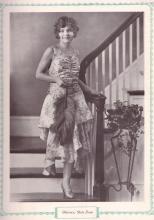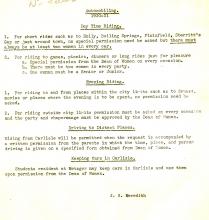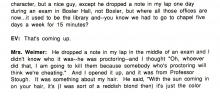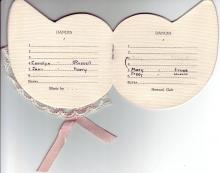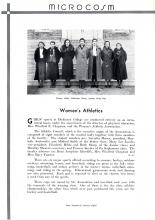Microcosm Features "Campus Belles" of Dickinson
The 1930 edition of Dickinson's Microcosm yearbook features an eight page spread of women's portraits under the heading of "Campus Belles". A committee of "three well known artists†judged and selected eight women as “most worthy of being placed under the caption of Campus Bellesâ€. Their selection relied "on the basis of a number of aesthetic attributes." Women featured include, Florence Burt Shaw, Dorothy Virginia Loveland, Lenore Ann Cisney, Kathryn Louise Ammon, M. Jane Dando, Annabel G. Rice, Mary Sophia Everett, and Eleanore May James.

